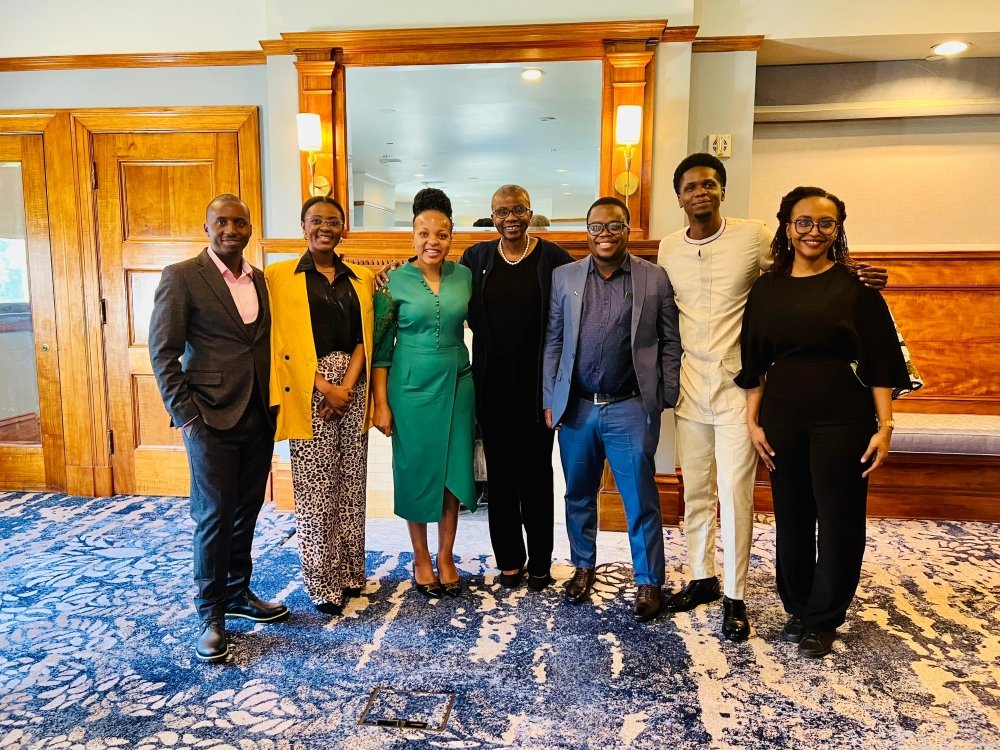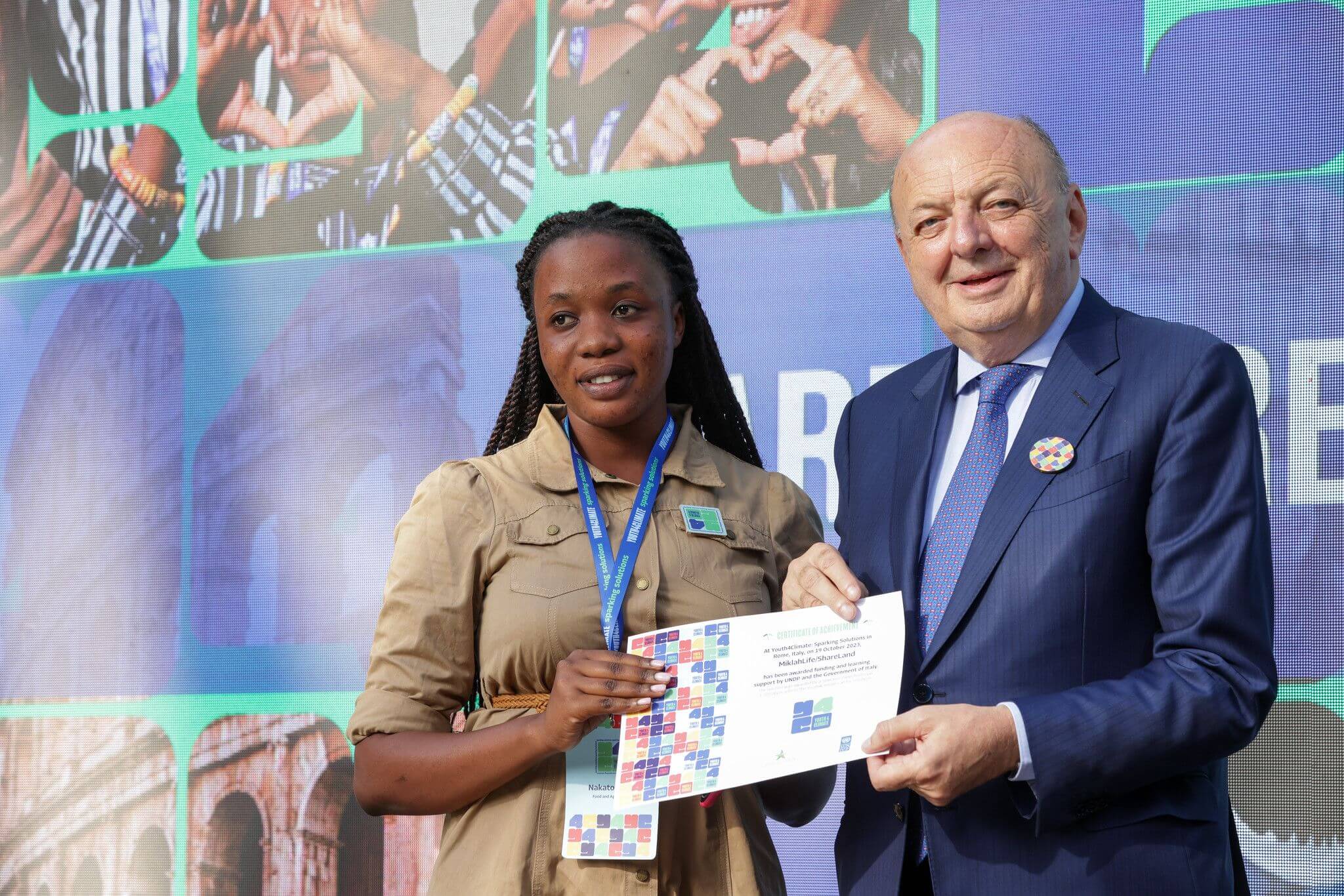Today at #SacredEntrepreneurship and #LifeandHealth: What is gender equality and how far has Uganda gone with emancipation and empowerment of women?
Globally, the whole world is celebrating women’s day and, in Uganda, we are celebrating them (women) as well. Someone just reminded me of Shaggy’s words; “so amazing how this world was made, I wonder if God is a woman!” Shaggy is simply saying that every beauty, every organization and splendid mercies of mother earth seem to be attributable to women. Generally, women make this world turn around; they are the world’s flowers, and maybe heaven’s as well. Let’s get these ‘praising’ words straight from the known gospel rapper here in Uganda, Lyrical Mycheal:
Today, at #SacredEntrepreneurship and Miklah in general, we wanna briefly look into what emancipation and gender equality is all about and then examine how far Uganda has gone with gender equality, sustainable development goal number 5. Read with me. But first, what is empowerment? What is emancipation?
Women emancipation and empowerment: What are they?
In public health, we use empowerment to mean ‘enabling or giving power to people so they can control factors that influence their health’. In other words, women empowerment is enabling women to be, do, and live the life they were meant to live (by God) or the life they wanna live (secular). History clearly shows that for thousands of years, women (and maybe men; today isn’t about men) have been oppressed and denied chance to ‘fully live’. In their book, ‘all we are meant to be’ authors letha Scanzoni and Nancy Hardesty recognize that this oppression was there before and after the birth of Jesus. And let me add this: women oppression is still there today. Women empowerment refers to all efforts towards women’s freedom.
Is women emancipation different from empowerment? Not so much! To emancipate is to ‘set free, especially from legal, social or political restrictions’. The Cambridge English dictionary defines emancipation in these words: “to give people social or political freedom and rights or to free a person from another person’s control”. I love this last part of the definition (free a person from another person’s control). In general, women emancipation and empowerment is about seeing women live their lives without social or political restrictions and, in case, these restrictions are inevitable, be applied to both genders without discrimination (maybe this is what is called gender equality; we get praised and punished the same way-not equally but equitably). Why not equally but equitably?
Women and Men are truly different!
I will go back to the book ‘all we are meant to be’. In this book, the authors summarize what the whole gender equality movement is or should be about;
“In speaking of liberation for the Christian woman, we are not speaking of an organization or movement, but rather of a state of mind in which a person comes to view herself as Jesus Christ sees her-as a person created in God’s image who he wants to make free to be whole, to grow, to learn, to utilize fully the talents and gifts that God intended when he created male and female in his own image to delight in fellowship with Him and with one another”.
In other words, women shall remain women and they are, in very many ways (both natural and practical), different from men. Gender equality isn’t about women being men or doing or thinking or practicing whatever men do; it is about women being ‘full’ women, exercising and living life to the fullest. Instead, the question is; so what makes a ‘full’ woman? How far can a woman be or go if she was to really be a woman? Who is a woman? Personally, I think God or the bible answers these questions properly; all other definitions or answers are fake and biased! To get what a woman is, you need to embrace what His creator says about her. And my friend, let me warn you, what He says about women is pretty much and great!
Gender equality in Uganda: How far have we gone?
The 2018 United Nations report on sustainable development goals noted that, despite some forms of discriminations declining, women and girls still face social, political and legal restrictions that impede their progress. According to that report, sexual and physical violence, early marriage and early pregnancy, harmful cultural practices, poor legal response to women’s issues are still high. For example, between 2005 and 2016, 56 countries reported 20% of girls between 15-19 years to have experienced sexual and or physical violence. In 2017, about 21% of 20-24 aged women are reported to have been married off before the age of 18 years (that is, 680 million girls are married when young). However, generally, childhood marriage decreased (for example, it decreased by 40% between 2000 and 2017 in Southern Asia).
In Uganda, early marriage (usually forced as highlighted by Sekiwunga and Whyte, 2009)) is at 45% with parts like Karamoja scoring 59% prevalence rate, early pregnancy at 25%, female genital mutilation is at 50% among the Sabiny of Sebei and about 90% among the Pokot of Karamojong (general country prevalence is at 1.8%). In 2017, according to 2017 annual police report, 14,985 defilement and 1,335 rape cases were reported to Uganda Police and, in total, we had 16,862 sex related crimes (almost all of these are done against women and young girls). Did we secure justice for the victims? Let the report say it:
“A total of 4,651 cases were taken to court, out of which 609 cases secured convictions, 20 cases were acquitted, 318 cases were dismissed and 3,704 cases were still pending in court. A total of 6,807 cases were still under investigations. 4,751 suspects were taken to Court while 14,736 girls were victims of Defilement in the period under review” (2017 annual crime report, Page 13). That was about defilement. What about rape cases? Let the report speak:
“A total of 396 cases were taken to court, out of which 06 cases secured convictions, 01 cases were acquitted, 14 cases were dismissed and 375 cases were still pending in court while 639 cases were still under investigations. 430 suspects of rape were charged in Court while 1,400 women were victims of Rape”. (2017 annual police report, Page 13)
Well, apparently, the report on gender inequality in school enrolment is better; the gap is closing (state of population report, 2018). However, more girls drop out of schools than do boys do. In many cultures, when it comes to deciding who should continue or discontinue school, girls are always sacrificed. Concerning inheritance, in some cultures, women don’t have inheritance or control of property and aren’t empowered to decide on issues that affect their lives (Ministry of Health, 2016) (for example, decisions concerning family planning are sometimes made without women’s inputs). Don’t forget thousands of women suffering domestic violence in homes (usually, most men, after securing children out of these poor girls, drop them and that is the end of their story. Do they get justice?). In addition, women have been denied full access to comprehensive sexuality education and contraceptives (especially by cultural and religious organs). Uganda tried to deal with this issue by drafting and releasing national sexuality framework 2018 (Ministry of Education and Sports, 2018), which was, to an extent, still rejected or questioned by Ugandans, especially religious and cultural leaders (LaCroix, 2018; Crux, 2018; New Vision, 2018).
In work and entrepreneurship, first, we need to agree that most women are in non-paying jobs and agriculture. Secondly, we need to realize that there have been reports of unequal payments even when women have done the same work as men. And, lastly, we need to recognize that women’s participation in entrepreneurship and paying jobs is limited by their too much domestic work. And this isn’t fair, not at all.
Globally, United Nations (2018) reported this: “Based on data between 2000 and 2016 from about 90 countries, women spend roughly three times as many hours in unpaid domestic and care work as men”. Let us grasp this truth here in Uganda; Oxfam report (2017) indicated that, despite women working harder in some cases, they were usually paid less compared to male counterparts. The report indicated that Uganda society has culture and norms that sideline and mistreat women. In the report’s words:
“Women find themselves at the bottom of the development pyramid. Most are employed in the agricultural sector and other low-paying sectors such as mining and teaching. While they constitute over 70 percent of the agricultural workforce, they own only 7 percent of the land. In waged jobs in the public sector, the average pay for women is 40 percent less than it is for men” (Oxfam, 2017, page 24). This is so amidst Uganda government’s warnings; “more females than males exist in the country (i.e. for every 100 women, there are 95 men), implying that for any development effort to realize results, women must not be left behind (2018 population status report, Page 34)
While, in terms of politics and public service employment, Uganda has tried to have women forward (for example, of the 426 members of Parliament in Uganda, 112 are women. Women are heads of various strong government departments and ministries; Ministry of health, UNRA, URA, KCCA (few days ago), Ministry of education, and many more), there is still a gap when it comes to on-ground labor force participation. To capture this well, let us borrow Uganda’s report on gender inequality index (GII) that measures 3 serious aspects; reproductive health (consider maternal mortality and adolescent births), empowerment (considering the number of women in parliament and how many enroll and complete secondary school) and economic activity (labor market participation). I am sorry to inform you that we haven’t done well on the above 3 indicators and thus we are poor ‘gender balancers’. Let us borrow the 2018 population status’ words:
“GII for Uganda is high at 0.522, which implies that Uganda experiences a high loss in human development due to inequality between female and male achievements in the three GII dimensions. What explains the high GII include: poor reproductive health indicators, relatively low level of women empowerment including education as compared to men, and low level of female participation in the labor market” (2018 population status report, Page 39)
Generally, I see some progress in relation to gender balance in Uganda. However, we still have serious problems affecting women and these need to be addressed if Uganda is to realize her Vision 2040, global agenda of 2030 and ‘The Africa We Want’ of 2063. What are you doing about gender inequality issues in Uganda? Start a project or business addressing gender inequality or any other sustainable development goals. You can also incorporate SDG number 5 or any other SDGs into your already functioning company. Do you need help in any of these? Visit us at https://sacredentrepreneurship.miklahlife.com
GOD BLESS YOU



